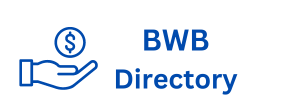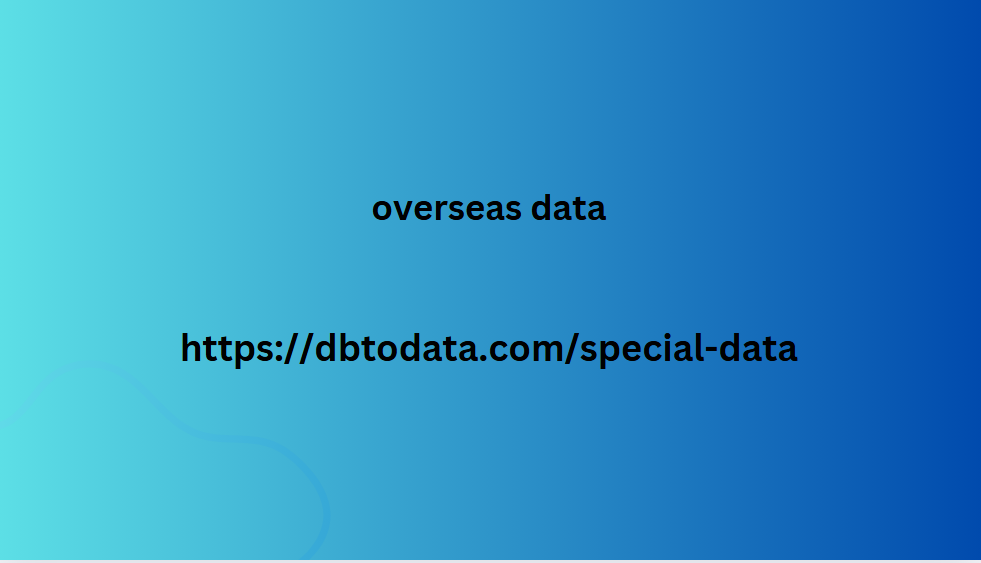Lead generation, do you ever wonder how to get in touch with potential customers for your company? Where is the target group located? And what steps do you need to take to successfully complete the customer journey? In this blog, we would like to explain how lead generation works, what it can do for your business and give you useful tips and tricks.
What is lead generation?
Potential customers for your company are called leads; these are the people you as a company would like to reach, a lead can become a paying customer. Lead generation is therefore an important tool in almost every organization. By using lead generation, you collect information about this target group. The result: you get to know your target group and overseas data can help them successfully complete the customer journey. Online lead generation is therefore not about realizing direct online sales, but about collecting contact details of potential new customers.
Who is lead generation interesting for?
Lead generation is interesting for many companies, as mentioned. For example, look at a business-to-business organization: often these products are not offered for sale directly on the website, but a quote request or the option to នៅក្នុងពិភព ទីផ្សារឌីជីថល ដែលមានល្បឿនលឿន យុទ្ធសាស្ត្រ និង contact them follows first. These are purchasing decisions that often take a long time. By knowing how the customer moves in this process, you can successfully use lead generation. For that reason, we start with a bit of customer understanding. Because by really aol email list knowing your customer, you know which resources from the online marketing mix you should use and when.
The customer journey provides insight into the customer journey of your potential customers. The focus can change through the insights of the customer journey. This can be done, for example, by looking more at the See and Think phases and not just focusing on the conversion. Lead generation is a good way to contribute to these first two phases. Examples of channels that you can use in the See phase are:
Social advertising – Similar audiences
Social advertising – Targeting based on interests
Branding campaigns




